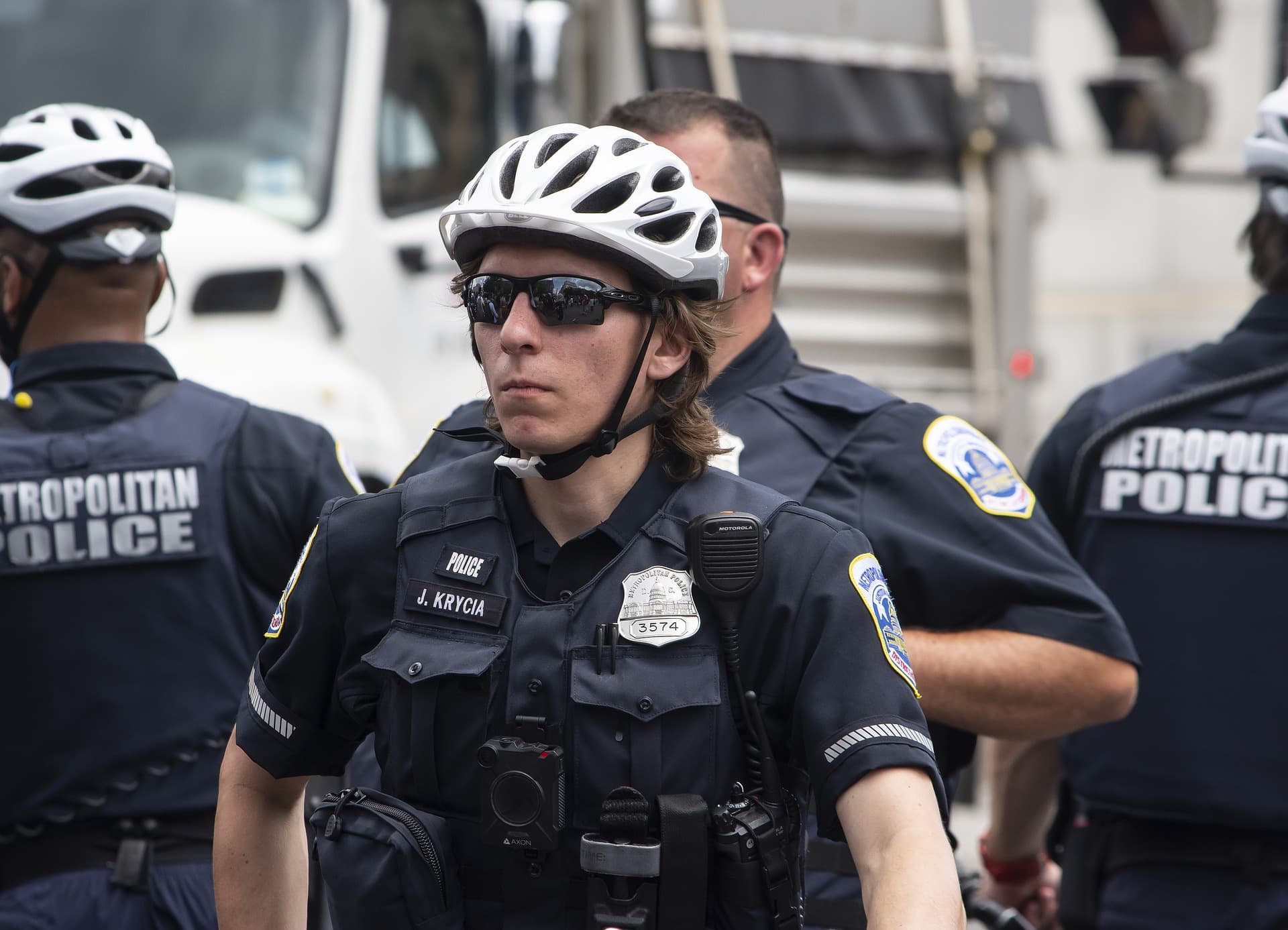Some jobs have a much higher risk of work-related injuries than others, and the Bureau of Labor Statistics lists law enforcement in the top 10 most dangerous jobs in the United States.
In the United States, alone, an astounding 20,789 police officers have died in the line of duty at the hands of others, in accidents, and from heart attacks and other work-related illnesses.
The bottom line is that law enforcement is the only profession where being assaulted and feloniously killed is an occupational hazard. This reality and its impact on an officer’s health can also lead to premature retirement.
Given the severity of the situations law enforcement faces, life-saving technology can have a significant impact in both their jobs and outside lives.
Police Robots
While ‘police robots’ sounds like something out of a sci-fi movie, the technology is already used to defuse or detonate bombs, without endangering police officers.
In July 2016, the Dallas Police Department had a confrontation with sniper Micah Johnson. Micah had already killed five police officers and was continuing his crime spree. After a standoff, the Dallas PD sent in, “an 800-pound Northrop Grumman robot with a bomb attached to its body toward Johnson. They detonated the explosive remotely.”
But situations involving bombs are not the only functions of robots. As reported by Vice, a robot was used by the Albuquerque Police Department to reach into a motel room of a suicidal man and pull a blanket off him to identify if he was carrying a gun, before sending in officers.
Body Cameras…But on K9s

Many police departments now adopt body camera technology, which allow officers to have a line of defense in case their actions or behavior become under review.
But now some police departments are taking this one step further and equipping police dogs with cameras that transmit live video. The K-9 can then approach a scene before an officer, and the video footage allows the officer to determine if it’s safe to proceed.
WEARABLES & CLOTHING REVOLUTION

The police uniform has been in existence since the first police force in London was established in 1829, but wearables are now bringing a new dimension to police technology by providing anytime, anywhere access to critical information.
A wearable app can discreetly alert an officer to important incoming information by using haptic feedback (vibrations). This ability to silently alert an officer improves situational awareness and safety. For example, dispatch could send out a notification of an armed and wanted felon along with a photo of the subject that can be viewed with a quick glance at a smartwatch.
The next leap in wearable tech is smart fabrics. More-sophisticated wearable technologies are under development and are rapidly improving, such as WiFi mesh network connectivity and sensors that can provide indications of officer health and safety.
Could this boom in the smart apparel sector lead to the making of a superhero suit that could save police officers’ lives?

